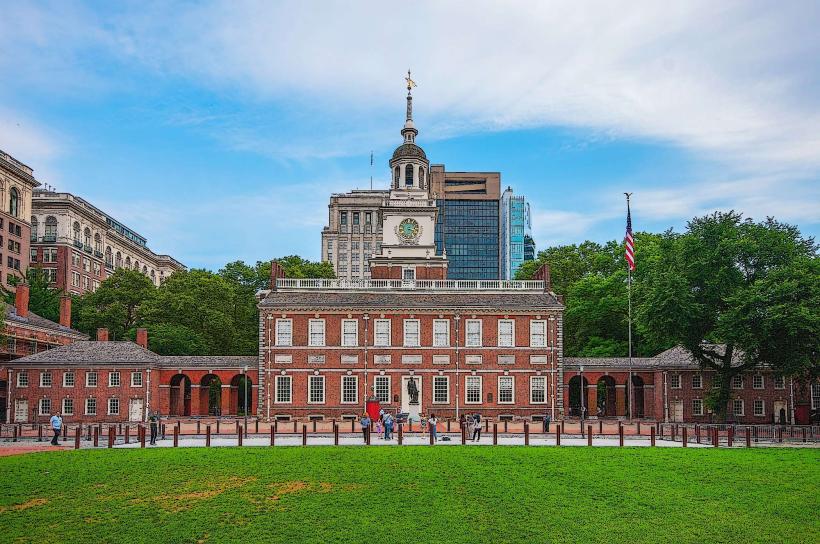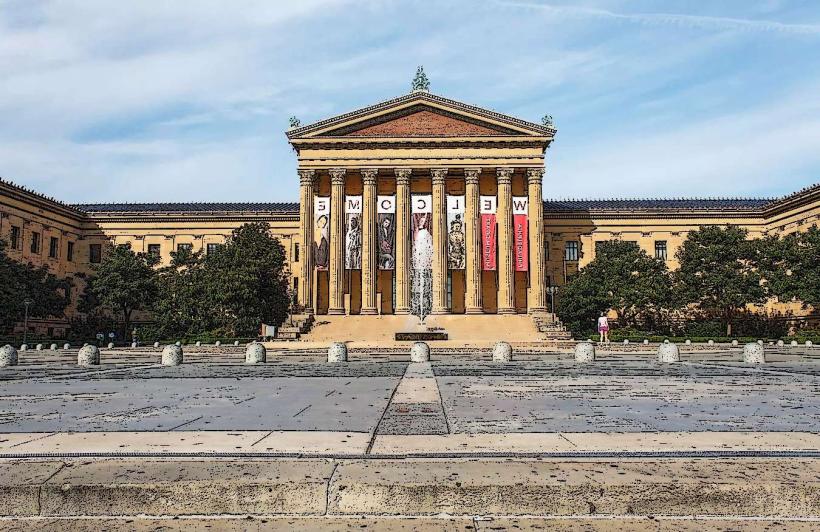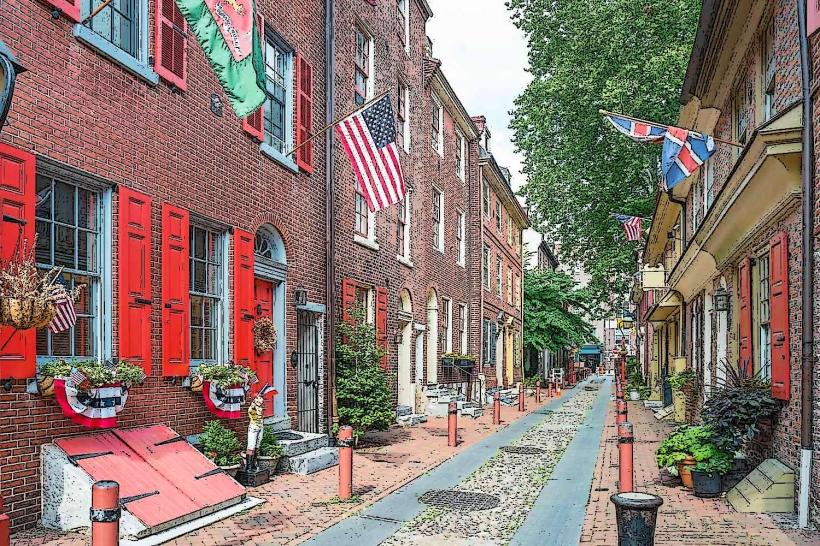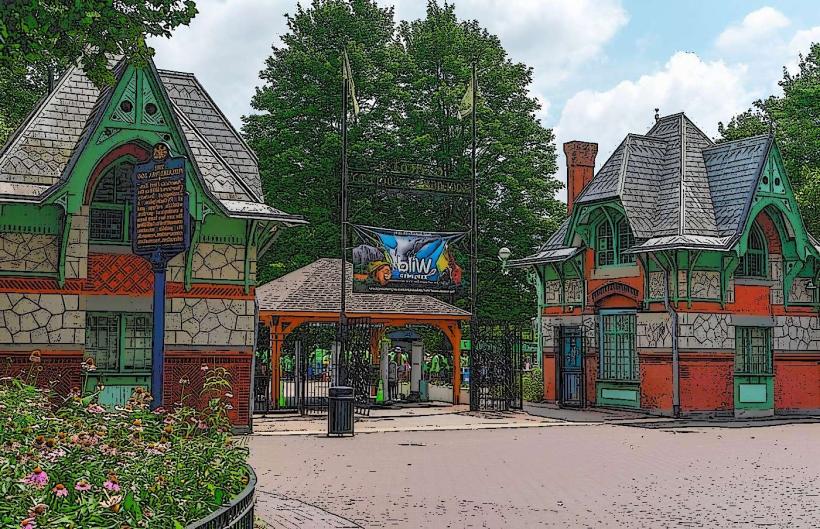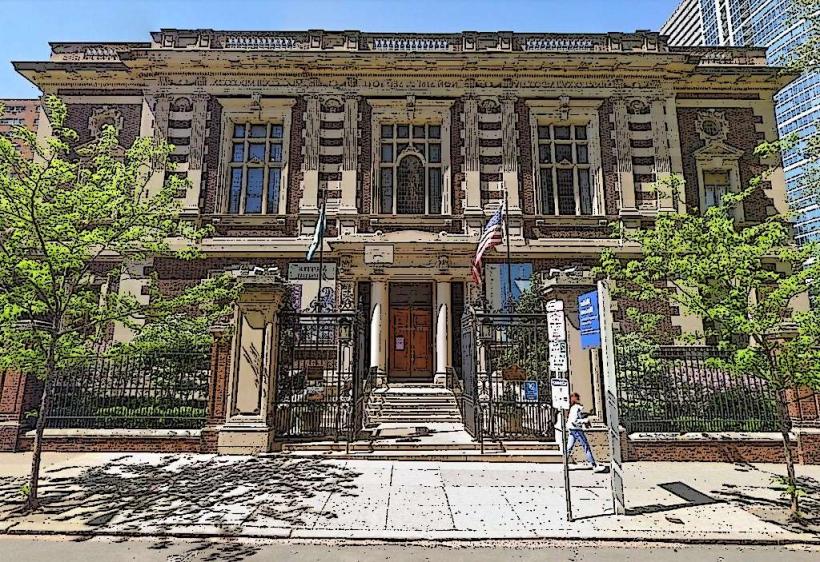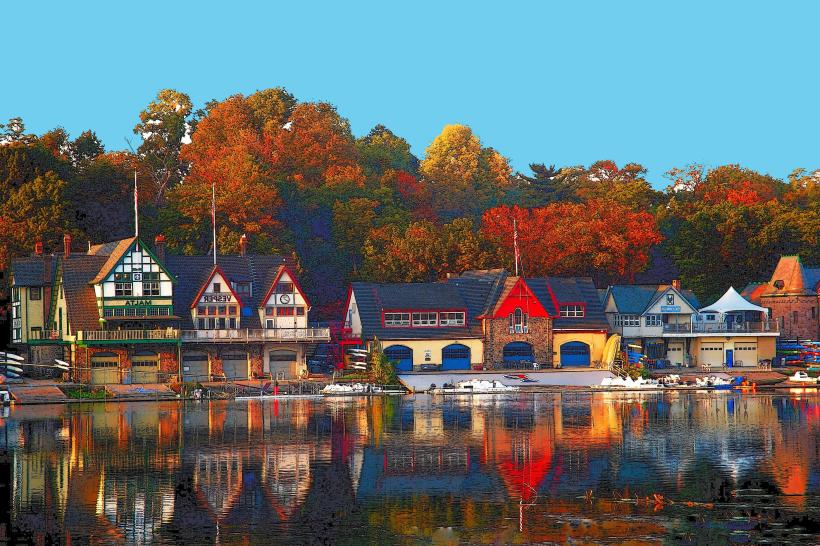Information
Landmark: Liberty BellCity: Philadelphia
Country: USA Pennsylvania
Continent: North America
Liberty Bell, Philadelphia, USA Pennsylvania, North America
Overview
The Liberty Bell stands as a lasting emblem of American independence, freedom, and justice, its cracked bronze echoing a history that still rings in the nation’s memory, meanwhile you’ll find it in Philadelphia’s Liberty Bell Center, just a quick stroll past the brick sidewalks from Independence Hall in the heart of Independence National Historical Park.The bell was cast in 1752 at London’s Whitechapel Bell Foundry, its bronze still warm from the mold, commissioned by the Pennsylvania Provincial Assembly to hang in the State House-today called Independence Hall, furthermore it was meant to call lawmakers into session and let the public understand about major announcements, like the crack of a bell echoing through the town square.When it reached Philadelphia, the bell split with a sharp crack during its first test strike, alternatively local foundry workers John Pass and John Stow received it, then fired up their molds and recast it twice with the same weathered metal, perhaps They tried everything, but in the end the bell split with a long, jagged crack, silencing its ring forever, as well as made of bronze-copper blended with tin-the bell weighs roughly 2,080 pounds and stretches about three feet across its lip, cool and smooth to the touch, a little Around its curve runs the biblical inscription from Leviticus 25:10: “Proclaim LIBERTY Throughout all the Land unto all the Inhabitants Thereof.” You can also spot the names of its first commissioners and the foundry that cast it, consequently the bell’s legend begins with that sharp, jagged crack-the mark everyone notices first.No one can say for sure when the crack first appeared, but most agree it grew worse in the early 19th century during a ceremonial ringing on George Washington’s birthday in 1846, when the bell’s deep tone carried across a frosty February morning, not only that the crack kept the bell from ever ringing again, yet it gave it a strange allure, like a scar that tells its own story.If I’m being honest, The Liberty Bell, its crack plain to witness, still rang out as a symbol of freedom and justice, especially for abolitionists in the 19th century, after that anti-slavery activists adopted it as a symbol of their fight, a way to “ring in” freedom for every American, like the clear toll of a bell cutting through morning air.Although no reliable record shows the Liberty Bell rang on July 4, 1776, to celebrate the Declaration’s signing, it still rose to fame, its cracked bronze becoming a powerful emblem of American independence, besides over time, it’s grown to stand for something bigger-freedom, human rights, and democracy, like a flag catching sunlight in the morning breeze.The bell has turned up in endless cultural moments-echoing through novels, ringing in speeches, painted into canvases, and carried at the heart of political movements, on top of that it stands for the American ideals of liberty and justice, sparking hope in generations who’ve marched, sung, and fought for civil rights and equality.Today, you’ll find the Liberty Bell inside the Liberty Bell Center, a sleek glass pavilion that shields it from harm while letting visitors step close enough to witness every crack and curve, while inside the center, you’ll find exhibits that tell the bell’s story-its history, the words etched into its bronze, and how it went from ringing in daily life to standing as a national icon.You can stand beside the real bell, hear stories of the hands that forged and protected it, and discover how it rang through America’s past, while it’s an experience that teaches and stirs the heart, linking visitors to the United States’ founding ideals-like standing before a weathered copy of the Constitution, sort of The Liberty Bell isn’t just a cracked piece of metal-it rings with the spirit of American ideals, in conjunction with its history tells the story of a nation’s trials and hopes, from the grit of colonial days and the roar of independence marches to the still-unfinished fight for freedom and equality.The bell still stands as a landmark for anyone wanting to grasp the spirit of the United States, its metal face catching the light like a quiet reminder of history.
Author: Tourist Landmarks
Date: 2025-10-01


